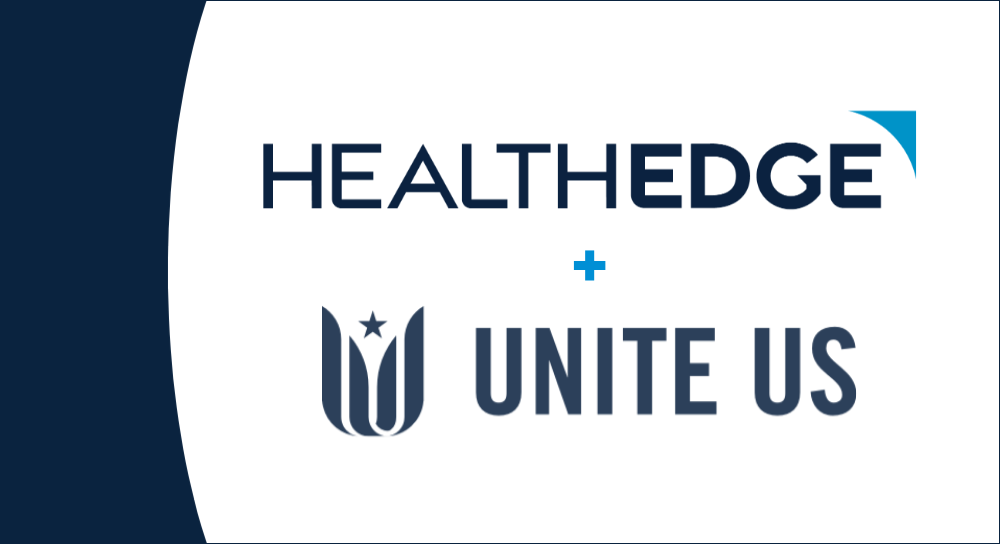Medicaid programs nationwide are increasingly requiring and incentivizing health plans to incorporate whole-person care and the social determinants of health (SDOH) into their service models. Recognizing SDOH’s significant influence on health outcomes and costs, Medicaid programs are encouraging payers to move beyond traditional clinical care and focus on holistic approaches that address the underlying social needs of vulnerable and high-risk populations.
Initiatives such as California’s CalAIM exemplify this shift, implementing high-touch member services and support for housing, food, and other physical, behavioral, and social needs. These efforts are especially important for high-risk populations.
Similarly, other state programs, including North Carolina’s Healthy Opportunities Pilot, Michigan’s Health Equity Project, and Arizona’s Whole Person Care Initiative, challenge payers to adopt integrated care strategies that meet members’ social needs alongside their medical needs. These programs set new care management standards, often requiring partnerships with community organizations to deliver services that can positively impact long-term health outcomes.
Integrating SDOH into Digital Care Management
Adapting to these new standards calls for a comprehensive approach to addressing SDOH. This is where technology platforms integrated with social care networks, such as Unite Us, become essential. The integrated GuidingCare and Unite Us solution provides health plans with the ability to seamlessly coordinate social services, creating a more efficient, impactful whole-person care model that aligns with evolving Medicaid requirements across the U.S.
By incorporating SDOH data into the GuidingCare platform, care managers can gain a 360-degree view of their members’ health, allowing for more personalized and effective care plans. This holistic approach addresses not just clinical care needs through GuidingCare but also provides referrals to services that improve social and environmental factors, which significantly impact health outcomes
What Is Unite Us?
Unite Us is a technology company that builds coordinated care networks of health and social service providers. Their platform offers health plans access to one of the nation’s largest networks of social service providers, enabling efficient referrals for housing, food, transportation, and employment services across the United States.
The GuidingCare and Unite Us SDOH Integration
The integration between GuidingCare and Unite Us enables seamless data exchange and document sharing directly within the GuidingCare interface.
Key benefits of this integration include:
- Improved Interventions. GuidingCare users can effectively identify social care needs, refer members to appropriate services, confirm service delivery, and track outcomes.
- Access to Coordinated Care Networks. The Unite Us coordinated care network allows care managers to connect members to a wide range of social services and resources within GuidingCare.
- Holistic View of Member Health. Care managers have access to a comprehensive view of members’ health, covering both clinical and non-clinical factors that impact outcomes.
- Improved Quality Measures. By addressing social factors, health plans can positively impact member outcomes while strengthening their organization’s quality measures
- Streamlined Workflow. SDOH interventions can be efficiently incorporated into care plans and managed directly within the GuidingCare platform.
GuidingCare and SDOH
The integration with Unite Us is just one part of HealthEdge’s broader approach to embedding SDOH data into care management workflows. By systematically incorporating SDOH into the GuidingCare platform, health plans can better adapt to evolving Medicaid programs. Care managers, in turn, can efficiently coordinate whole-person care and connect members to vital services.
HealthEdge is committed to innovation, collaboration, and delivering solutions that address all aspects of members’ health. To learn more about how GuidingCare’s SDOH integrations can transform healthcare for your organization, visit our website or contact us today. Together, we can work towards a healthcare system that addresses all aspects of members’ health.





